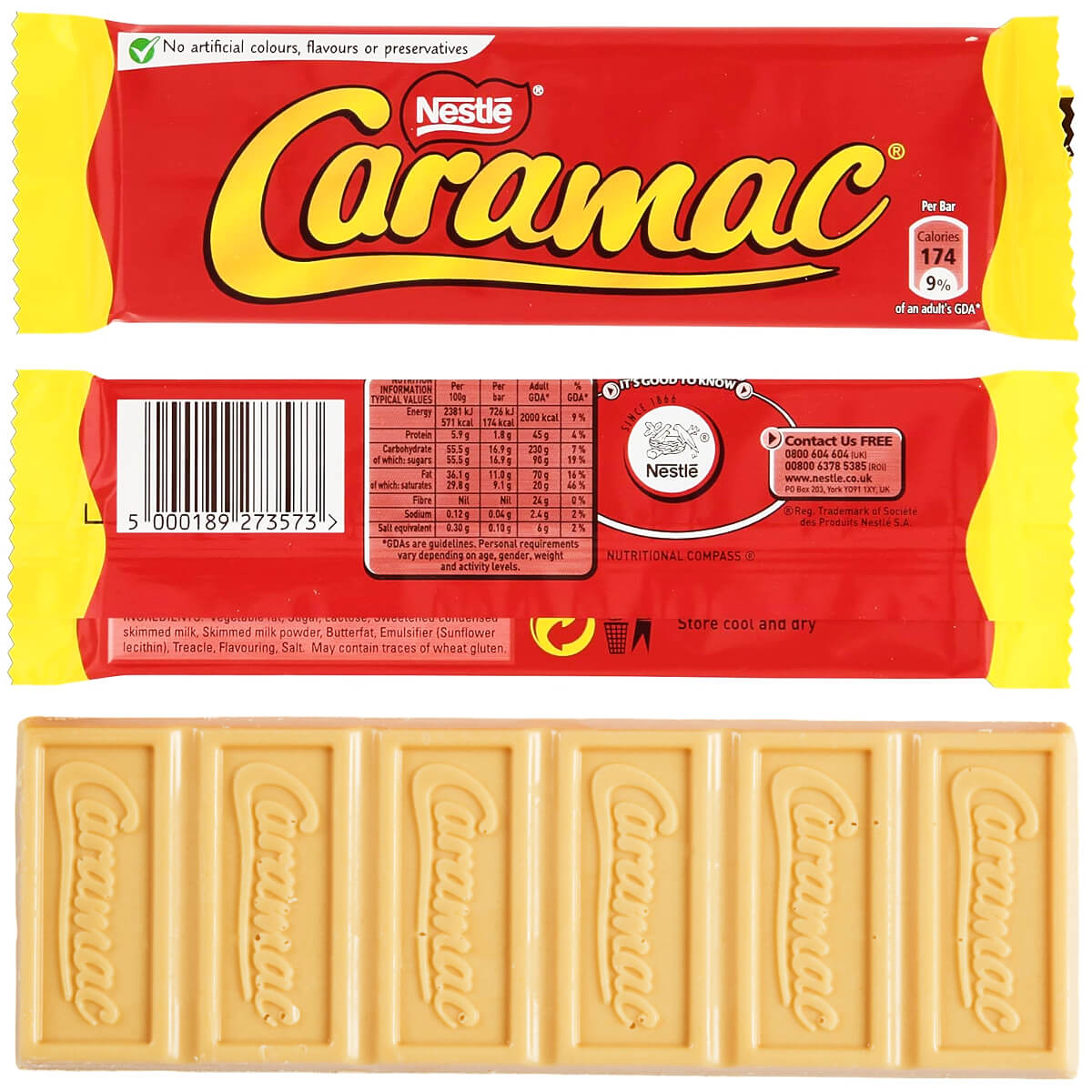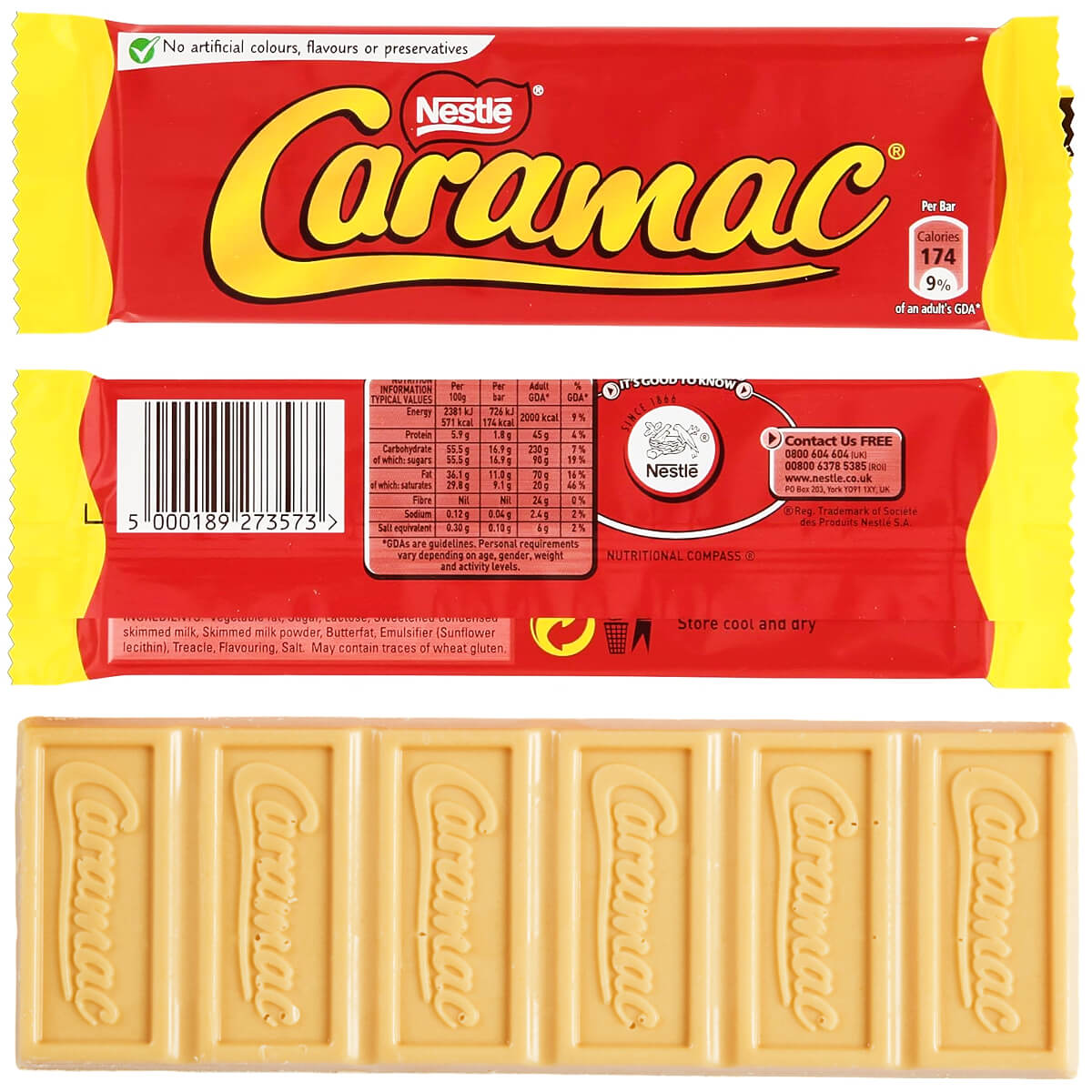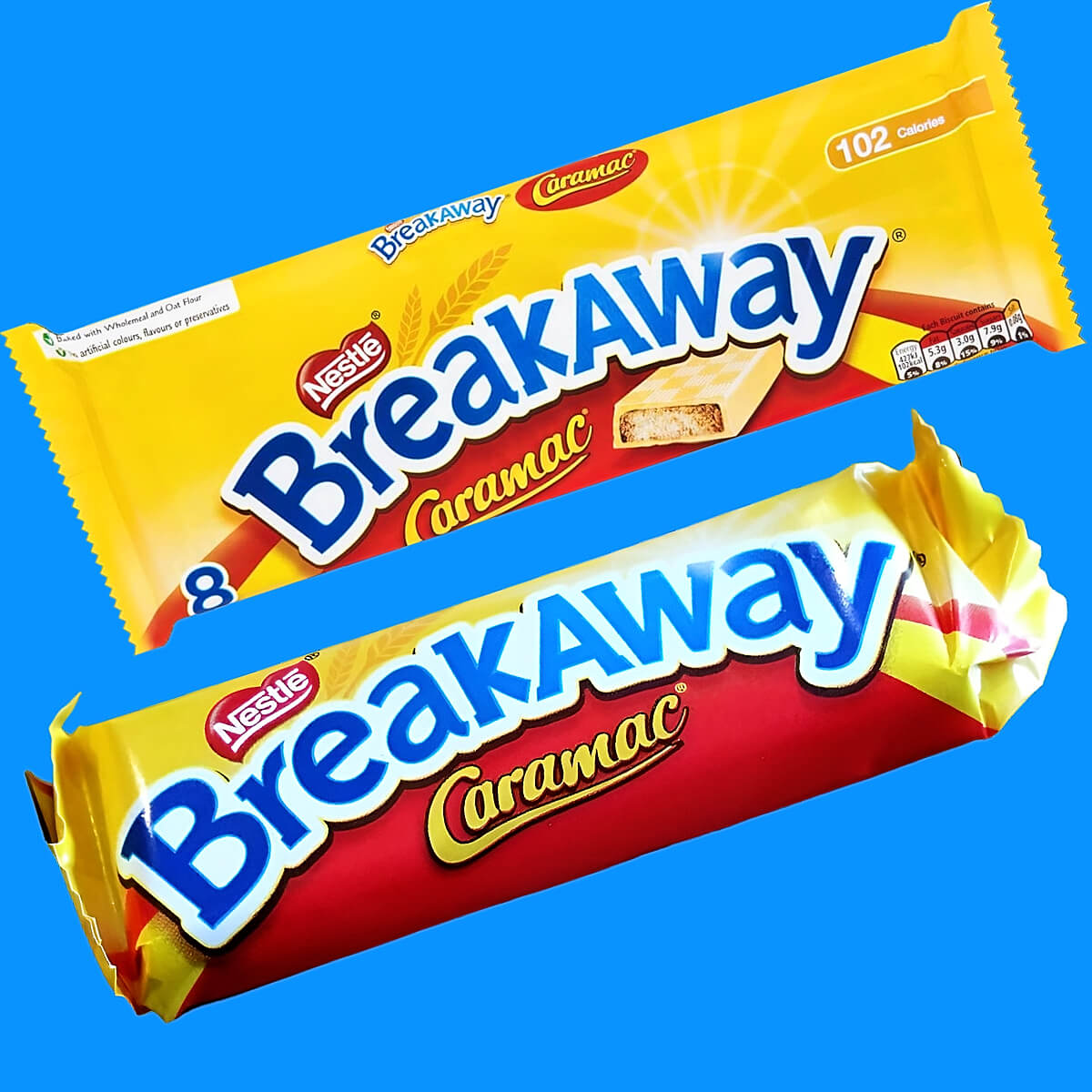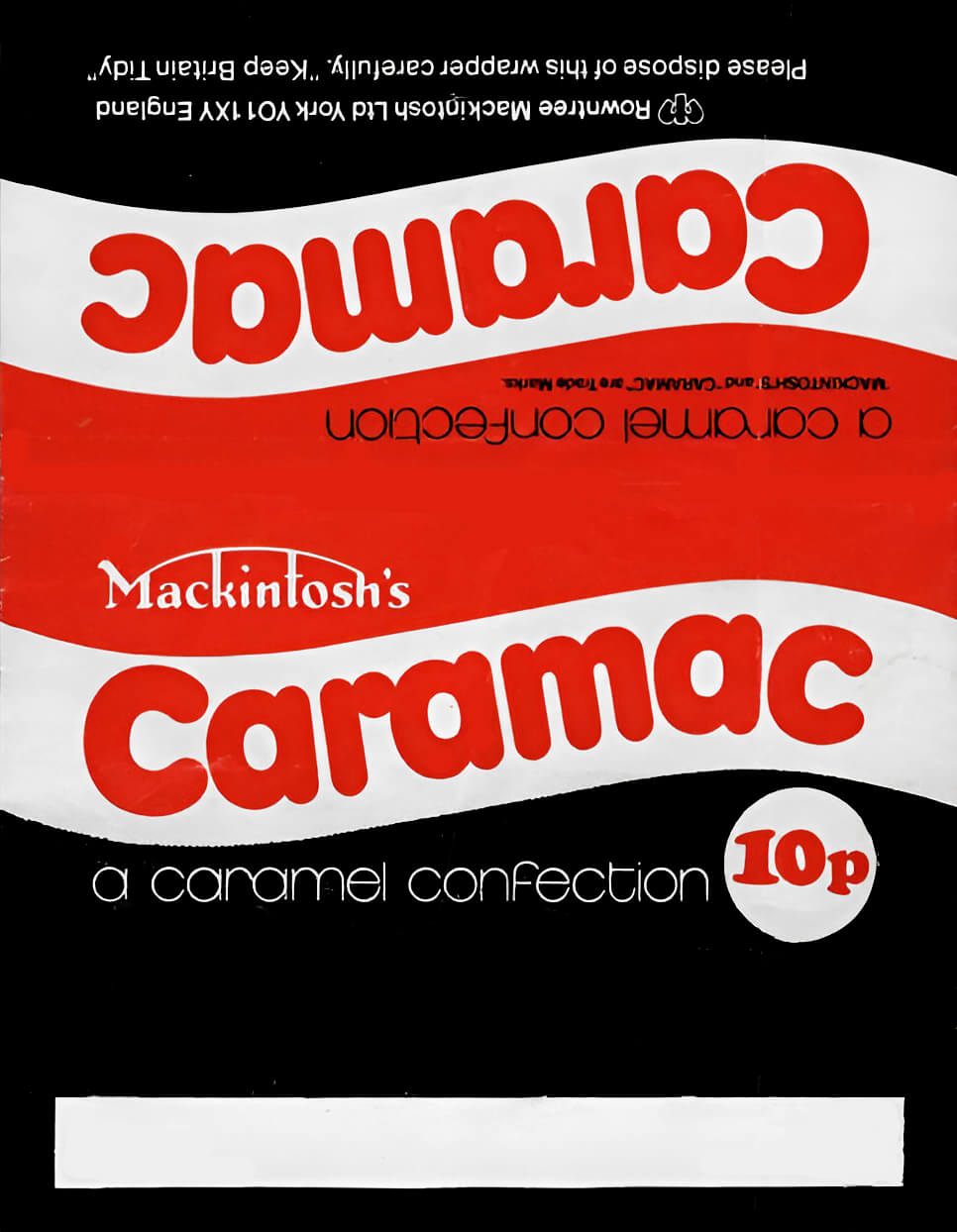The Demise of Caramac: Saying Goodbye to a Sweet Classic

After 64 years of production, Nestlé has finally decided to discontinue it's classic Caramac bar, due to "a steady decline in its sales". As a big fan of the bar, not being able to enjoy my weekly little piece of heaven has come as a huge blow.
News broke about Caramac facing the axe when a social media post by a Scottish bakery (which uses Caramac in its pastries) posted on Facebook on 7th November 2023, went viral. In the post, the bakery stated "It's been cancelled, so I bought as many boxes as I could! They should last a while (I hope) but once they are gone, there will be no more Caramac éclairs!"

The news of yet another childhood favourite being discontinued has caused much upset on social media platforms, with thousands of fans expressing their shock and dismay. 80s Nostalgia posted this tweet on X "It’s been my go-to bar for decades. I mean, when you snap a piece off it, it never breaks on the seam, but it’s by far the most delicious thing in shops!".
Although it faced some challenges in the 21st century, Caramac remained a beloved caramel-flavoured treat for its loyal fans, and it delighted taste buds for decades. However, the bar faced increasing competition in the 2020s, with Cadbury's launching its Caramilk range in 2021, and a seemingly never-ending array of salted caramel flavoured treats occupying supermarket shelves in the UK.
How did Caramac get its name?
The name Caramac was invented by Barbara Herne, who won a competition to name the bar, which took place at Mackintosh's factory in Norwich. The name cleverly blends the words "caramel" and "Mackintosh's", and the bar was first introduced to the world in the mid-20th century, more specifically 1959.
Where was it made?
Caramac was made at the John Mackintosh & Co, Norwich factory, until its closure in 1996, when production transferred to Fawdon on Tyneside until the final year of production in 2023. The factory also produced many other popular chocolate bars, including Golden Cup, Yorkie and Rolo.
Mackintosh's merged with Rowntree's to become Rowntree Mackintosh in 1969. The company was then acquired by Nestlé in 1989, who eventually produced the Caramac bar under their own name.
What was Caramac made of?
Caramac marked a significant departure from the traditional chocolate bars of the time. Instead of cocoa, the bar relied on a delicious caramelised flavour, which was created by using sweetened condensed milk, butter, sugar and other flavourings, giving it a unique and distinct profile.
What set Caramac apart from its contemporaries was this consistent and satisfying caramel taste. Nestled within its iconic yellow and red wrapper was a creamy, melt-in-your-mouth confection that offered a sweet, yet not overly sweet, experience. With its distinctive light brown colour and its delectable flavour profile, Caramac quickly won over a dedicated following of fans.
Here is the full list of ingredients: Vegetable Fats (Palm, Shea), Sugar, Lactose (from Milk), Sweetened Condensed Skimmed Milk, Skimmed Milk Powder, Butterfat (from Milk), Emulsifier (Sunflower Lecithin), Treacle, Flavouring, Salt.

Double delight! Breakaway Caramac combined two old school favourites in one bar
Modern twists on a classic
Caramac's timeless appeal has also prompted creative adaptations. Over the years, it has been incorporated into various other products, such as ice cream, milkshakes, and even baked goods, giving it a new lease on life and attracting a younger audience.
Nestlé themselves released several new product lines containing the classic Caramac flavour, including Munchies Gold, Breakaway Caramac and Giant Buttons.
From sweet to bittersweet: reflecting on Caramac's end
And so I end this post by saying a very sad farewell to Caramac - I will sorely miss your six little segments of deliciousness! I guess, with ever-increasing competition to gain a slice of the very limited space on supermarket shelves, it was inevitable that the bar would eventually see its sad demise.
As Nestlé often brings out limited editions of their revived classics, I can only hope they will do the same with Caramac, at some point before I say goodbye to the world myself!

This wrapper is from the late 1970s.